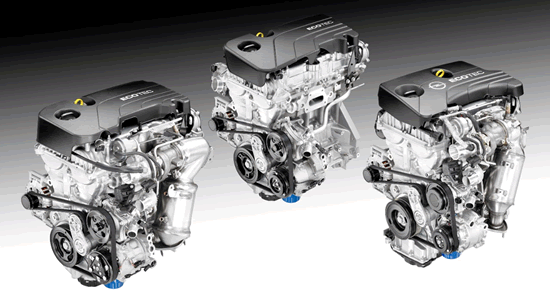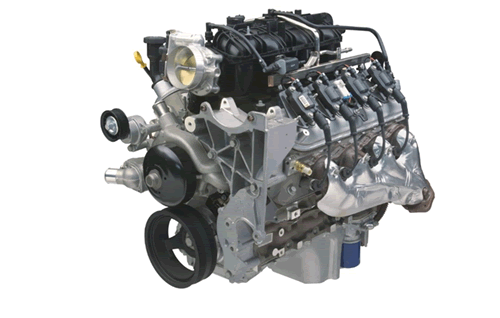Automakers Try to Get More From Each Drop of Fuel
Internal combustion engines continue to fuel the market, pushing connector designers to improve reliability for components destined for harsh under-hood environments.
By Terry Costlow
Many factors are changing the types of connectors used in the auto industry, but for the foreseeable future, products made for powertrains are going to remain fairly immune to major changes. Despite all the focus on electrified powertrains, components made for internal combustion engines will continue to be the mainstay.
Gasoline engines have largely been overlooked for the past few years as the designers in both the connector and automotive industries focused on the emergence of electrified powertrains. In Europe and Asia, government support and a rising urgency to combat pollution are pushing electric vehicle sales. In Europe, electric car sales were over 40,000 in March 2018, 41% higher than in March 2017. This sets a record for Europe’s best ever month. Europe electric car market share was 2.2% in March 2018. Norway still leads the world with an incredible 56% market share of electric cars sold in March. China, which is already the world’s largest EV market, is about to get Tesla’s first overseas production facility, which will further accelerate the growth of electrification on that country’s roads. In the US, however, gasoline and diesel engines still account for most vehicle sales, and low oil prices, the promise of fuel-efficiency standards rollbacks, and a taste for super-sized trucks and SUVs keep electric vehicles limited to a niche market.
Automakers are continuing to improve the efficiency of internal combustion engines. Sensors are providing more precision and monitoring more parameters, while controllers continue to get more sophisticated. So, consumers who go with gas may still see some improvements to their mileage as technology transforms traditional engines.

Mainstream engines like GM’s four-cylinder EcoTec are challenging electric power by improving fuel economy.
In sensor systems, many engineers are working with virtual sensing, in which the inputs from a couple of sensors are used to determine a third value. These systems minimize the need for additional sensors and reduce both complexity and cost. Controllers are increasingly utilizing faster multicore chips, but this has a minimal impact on connectors. Controller performance is often improved by revising algorithms to help engines burn fuel more efficiently.
Connector makers are tweaking their designs to provide improved reliability in the harsh under-hood environment, where both temperature and vibration requirements are extremely stringent. Solid contact integrity and reliable long-term latching are among the parameters specified by automotive customers. Pins are being added or removed as requirements change, but many powertrain connectors remain otherwise unchanged once they gain a foothold and deliveries meet quality and pricing demands.
Though the auto industry at large is moving to Ethernet, engine compartments may be on the trailing edge of this trend. Powertrains will probably remain firmly in the CAN networking world while other applications shift to Ethernet.

Chevrolet’s L96 crate engine helps pickups save fuel.
Engine controls require high-speed communications to continuously adapt engine performance to changing requirements, but the number of sensors and actuators in these control systems is limited compared to those used in applications like safety systems. Similarly, the volume of data used to control engines and transmissions is miniscule in comparison to the amount transferred by infotainment systems.
Data collected on these CAN networks is transferred to a vehicle’s Ethernet backbone. That’s important because diagnostic equipment will continue migrating to the commercial and industrial network. Ethernet has the bandwidth needed for maintenance, and its simplicity gives it a solid advantage over CAN. However, this isn’t likely to have much impact on the harsh environment connectors in powertrains.
Reliability is another major factor in the decision to stick with CAN for powertrains. Avoiding engine failures is of critical importance in an industry that places a premium on high reliability for all systems. So, connectors used in automotive CAN applications that have proven themselves reliable over the decade or lifetime of a car won’t be traded for Ethernet modules unless there’s a compelling reason.
For now, gas-fueled internal combustion engines will continue to dominate the automotive market in most parts of the world. But new technologies will continue to make these engines at least a little more efficient.
Interested in a specific market? Click a market below for current articles and news.
Automotive, Consumer, Industrial, Medical, Mil/Aero, Datacom/Telecom, and Transportation
- State of the Industry: 2022-2023 Connector Sales - April 16, 2024
- Amphenol is On a Roll - April 2, 2024
- Nicomatic Proves That Two Heads are Better Than One - March 26, 2024












